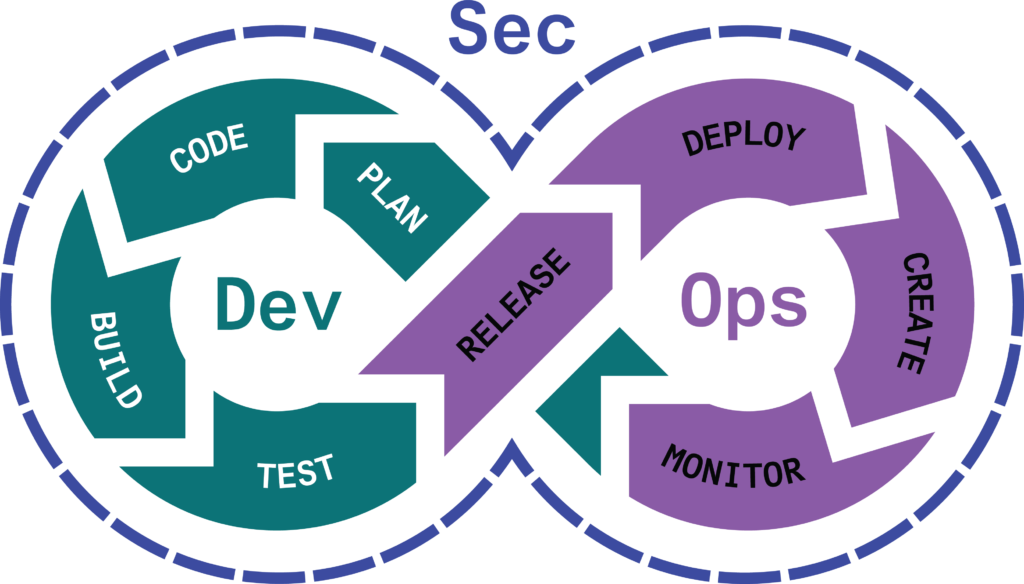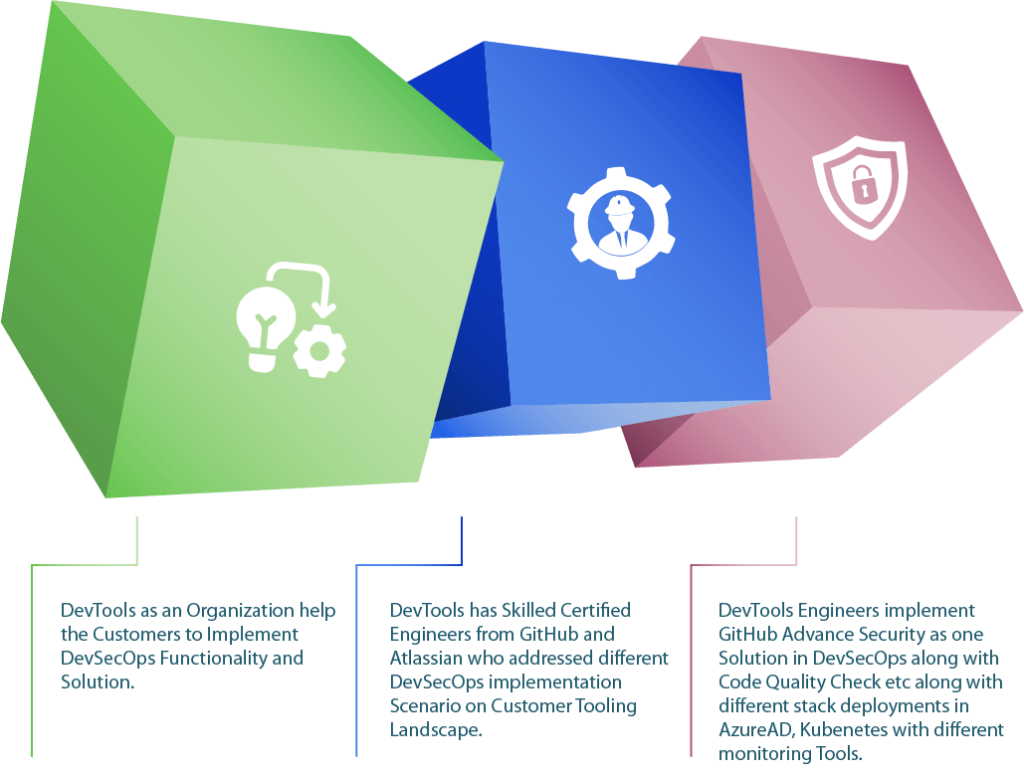What is DevSecOps Assessment?
DevSecOps Assessment is a process to determine whether the currently implemented processes fulfill the customer needs of the entire DevSecOps lifecycle and also realize the return of investments made on solutions in the DevSecOps lifecycle.
Identify the level of maturity of the current practice Of DevSecOps. There should be a positive answer for each of the following questions listed below:
- Is the software secure, and does it operate properly and reliably?
- Is the software or the infrastructure under attack?
- Does the software deliver expected value or achieve business goals?
- Does the infrastructure support the software properly in terms of performance or reliability?
- Can the software or infrastructure be supported and scalable to cater to the growing demands of the company or not?
- Whether the solution stack is working as desired or not?
- Whether the required integrations are achieved for the developer’s ease of use or not?

- How do costs and risks factor into new development?
- Whether the implemented solution is flexible enough or not?
- Whether the implemented solution is stable or not?
Why DevSecOps Assessment?

How the DevSecOps system addresses and measures
- Application change time – Time between a code commit and deployment in production.
- Application deployment frequency – Number of deployments to production in a time period.
- Availability – Uptime or downtime of an application over a given time period.
- Change failure rate – Number or percentage of failed production deployments that result in an aborted deployment or restoration to the previous working version.
- Change volume – Number of new features or functions deployed in a given time.
- Issue resolution time – Average time needed to resolve a reported issue.
- Issue volume – Issue volume describes the number of issues customers report in a given time period.
- Mean time to recovery (MTTR) – The time span between a failed deployment and subsequent full restoration of production operations.
- Time to patch – Time between identifying a vulnerability in the application and successful production deployment of a patch.
- Time to value – The time between a feature or function request and the realization of business value, such as software capabilities, competitiveness, and revenue.

Solving customer problems one at a time
DevSecOps practices and principles differ from organization to organization. Varied tools and approaches help to establish DevSecOps Solutions
The main problems reside in
- Resistance to change
- Reluctance to Integrate – The core of DevSecOps lies in the integration of teams with products and processes.
- Clash of The Tools – Challenge lies in choosing ones that fit well. The second challenge is to properly integrate them in order to build, deploy, and test in a continuous manner.
- Implementing Security in CI/CD – Getting security to adapt to the DevOps process from the early stage of development to deployment is a challenge.
- Chasing Perfection – Adopting DevSecOps is a long-drawn process and getting perfection at every stage of development slows down the work of the developers.
Lack of knowledge – Professional hands-on experienced personnel require for DevSecOps implementation
How can DevTools help?







